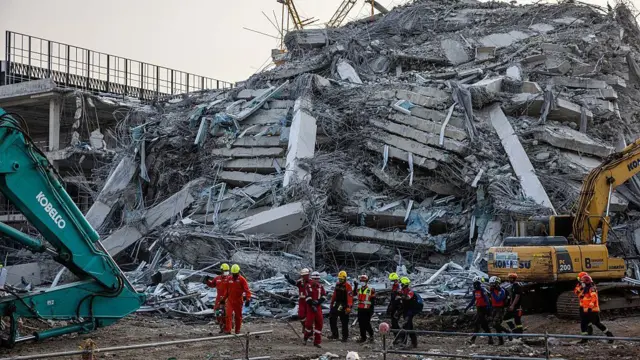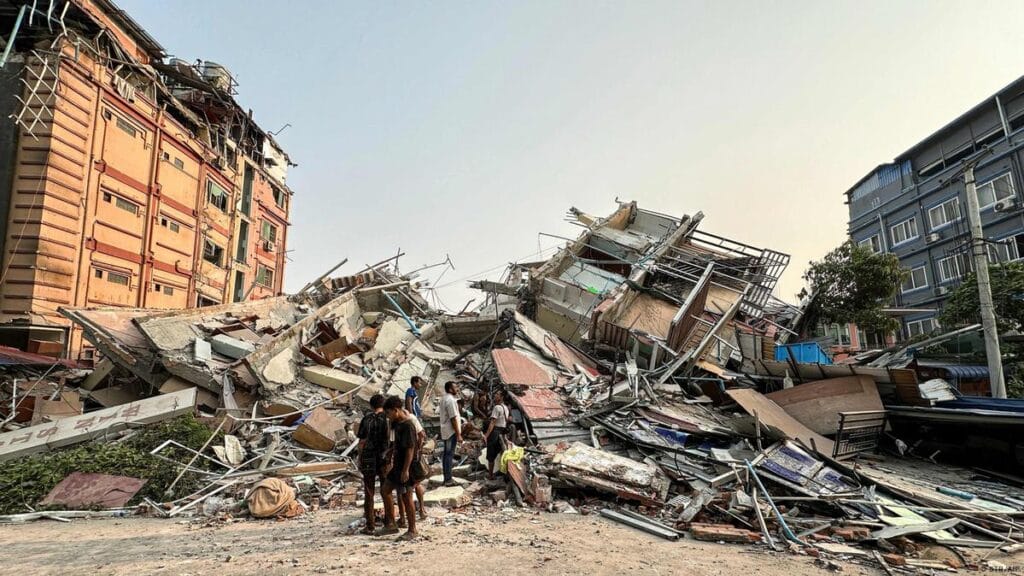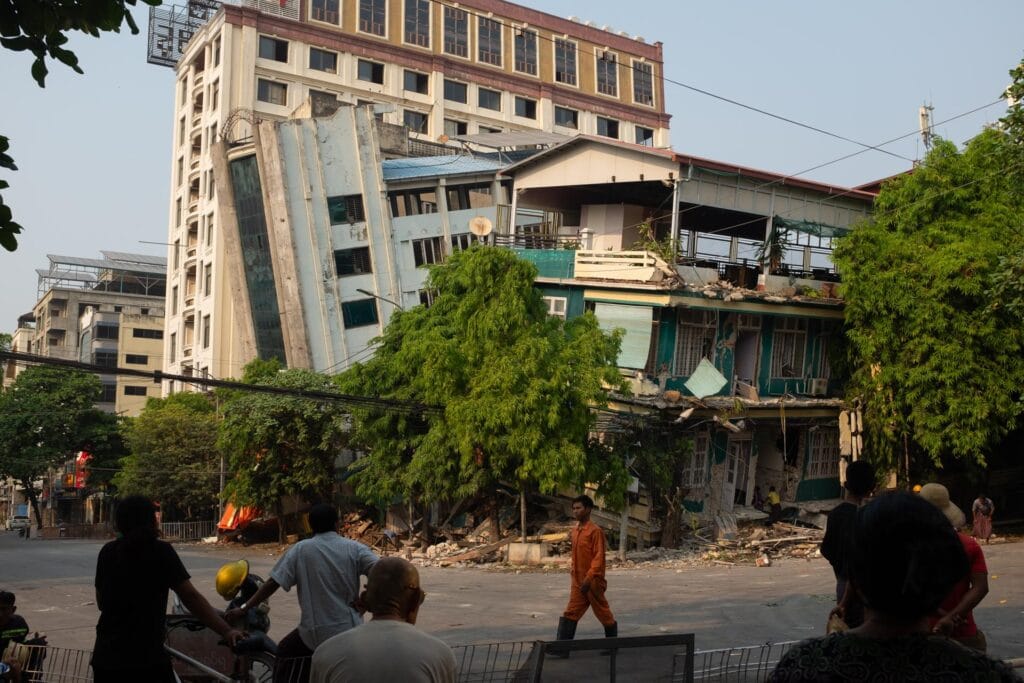The death toll from Myanmar’s devastating earthquake has risen to 1,700, with 3,400 injured and over 300 missing as of Sunday. The 7.7-magnitude quake, one of the strongest to hit the country in a century, struck on Friday, overwhelming hospitals and forcing communities to conduct rescue operations with limited resources.
Myanmar’s military government confirmed the casualties and warned that the number could increase. Junta leader General Min Aung Hlaing acknowledged the severity of the crisis, just days after making a rare appeal for international aid.
Neighboring countries, including India, China, and Thailand, along with Malaysia, Singapore, and Russia, have dispatched relief supplies and rescue teams. The International Federation of Red Cross and Red Crescent Societies emphasized the growing humanitarian needs, warning of secondary crises as monsoon season approaches.
The earthquake has further deepened Myanmar’s turmoil, already plagued by a civil war following the 2021 military coup. Critical infrastructure—bridges, highways, airports, and railways—has suffered significant damage, hampering relief efforts. More than 3.5 million people have been displaced, and the healthcare system is under immense strain.
Reports from affected areas reveal a dire situation. Residents near the epicenter told Reuters that government assistance is scarce, leaving people to fend for themselves. In Sagaing, near the quake’s epicenter, large-scale destruction has left many without electricity or clean water. Satellite images show the collapse of key bridges, further complicating aid delivery.
Hospitals in central and northwestern Myanmar, including Mandalay and the capital Naypyidaw, are struggling to handle the influx of casualties. In Mandalay, volunteers and humanitarian workers are using basic tools to search for survivors trapped under collapsed buildings. Many remain unreachable due to a lack of heavy machinery.
In neighboring Thailand, the earthquake caused a high-rise building under construction to collapse in Bangkok, killing 18 people. Rescuers continue searching for 76 people trapped under the rubble, using drones and sniffer dogs.
Myanmar’s opposition National Unity Government announced a two-week suspension of offensive military operations starting Sunday, allowing rescue efforts to continue. However, the devastation remains vast, and authorities fear the true scale of the disaster is yet to be fully realized.



Autor
-

Somos Un espacio que fomenta la colaboración estratégica y el intercambio de ideas entre líderes empresariales.
View all posts





















